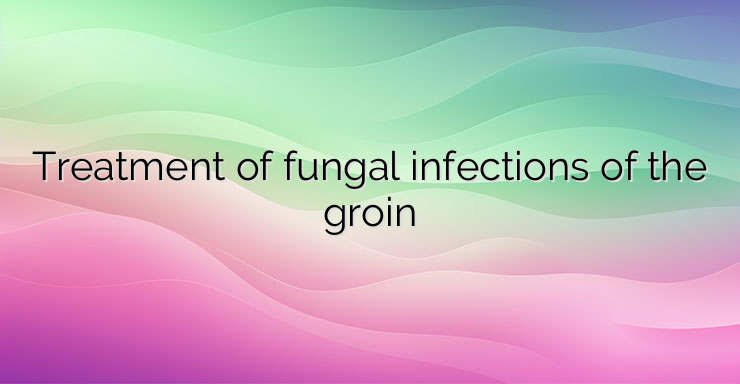Fungus on the groin, tinea cruris, is caused by a mycotic microorganism Trichophyton rubrum. In women, fungi develop with a starting position from the vagina and spread to the surrounding tissues – labia and inguinal folds. In men, the fungus develops in the subcutaneous tissue of the prepuce and spreads throughout the body of the penis and may involve the inguinal folds. What types of medications are there? In the therapeutic program, antifungal medications are selected, which are of the allylamine and azole type. These medications stop the production of ergosterol by mycobacteria, which is an important component of their cell membrane. As a result, the fungal bacteria are unable to create an intact cell membrane and die. The characteristic of allylamines is that they have no effect against Candida albicans. In case of infection with these mycobacteria or in case of infection with an unclear etiology, the use of preparations from the azole group is recommended. In severe and intolerable itching, glucocorticosteroid – hydrocortisone cream is also applied to the antimycotic therapy, which aims to limit the area of redness and reduce severe itching. Also, the administration of corticosteroids helps to prevent secondary mycotic infection due to continuous scratching of the rashes. Characteristic of prolonged therapy with corticosteroids is precisely the appearance of fungus on the face and fingers and toes. In self-therapy of a fungal infection with corticosteroids, the condition may worsen due to the weakening of the immune defense and the lack of an antifungal drug to suppress the reproduction of mycobacteria and induce their death. NEWS_MORE_BOX Different preparations are chosen in the therapeutic scheme. In the pharmacy network, there are drug combinations between clotrimazole, ketoconazole, fluconazole and miconazole, which are representatives of the azole group. There are also other preparations applicable in the therapy of this dermato-venerological complex. Modern therapy offers the use of terbinafine, which is a representative of the allylamine group. This medication presents good results in the therapy of tinea cruris. Terbinafine exhibits activity against Trichophyton rubrum, mentagrophytes and violaceum. After taking about two to four weeks, the dose of terbinafine reaches an amount in the body that is completely sufficient to destroy all bacteria and prevent the body from exacerbating the condition in the near future. Disease Prevention and Control Patients are advised to wear breathable underwear or not to use underwear at all in their daily clothing until itching and rash symptoms subside. It is also recommended to dry the area, as mycobacteria thrive in a moist and warm environment. The application of cleansing lotions and soaps with a neutral pH also has a positive effect on limiting the rash and treating itching. Affected areas of the body should be dried with a clean towel that should be changed daily.to protect the affected area from moisture and contamination that could cause secondary infection.


Leave a Reply